Wild edibles are an incredible resource for preppers and nature lovers alike. Knowing what plants around you are safe to eat can turn a walk in the woods or even your own backyard into an opportunity for survival or just a tasty snack. Here’s a list of wild edibles that grow across almost every state, making it easy for anyone to forage safely, no matter where they are. Many of these plants are nutritious, versatile, and plentiful, but remember—never consume any wild plant without being 100% certain of its identity, and always follow ethical foraging practices.
1. Dandelion
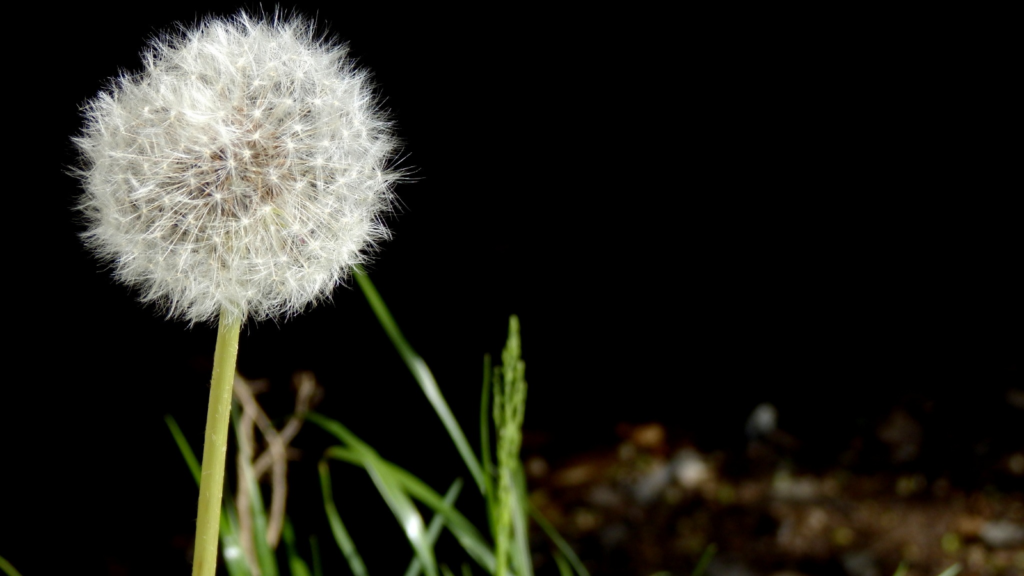
Dandelions are among the most common edible weeds, growing in lawns and fields nationwide. Both the leaves and flowers are edible and offer a rich source of vitamins A, C, and K. The roots can even be roasted as a coffee substitute!
2. Wild Onion
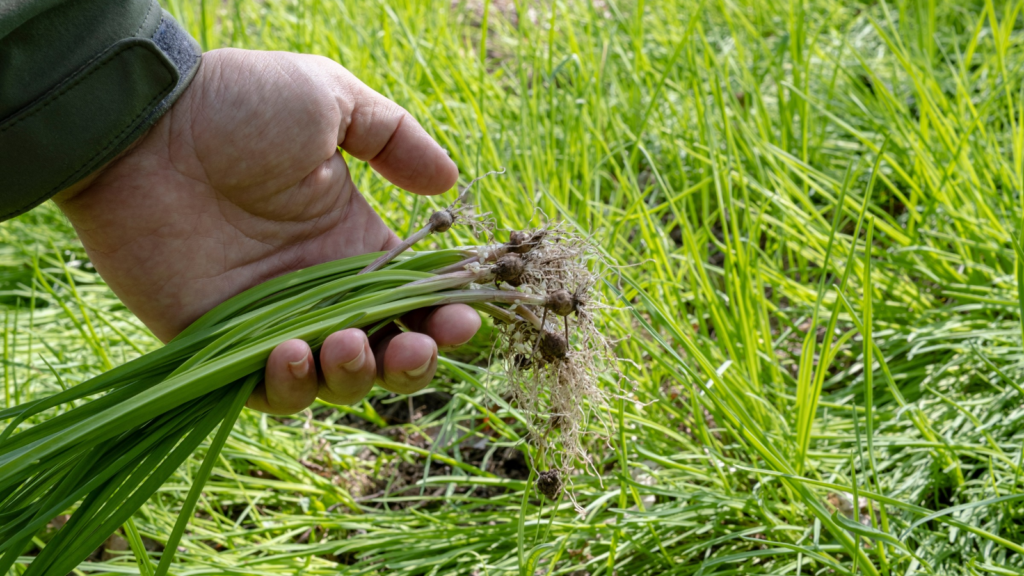
Wild onions, often recognized by their strong smell, are found in almost every state. They’re edible raw or cooked, and they add a zesty flavor to dishes. Just be careful not to confuse them with toxic look-alikes, like death camas.
3. Clover
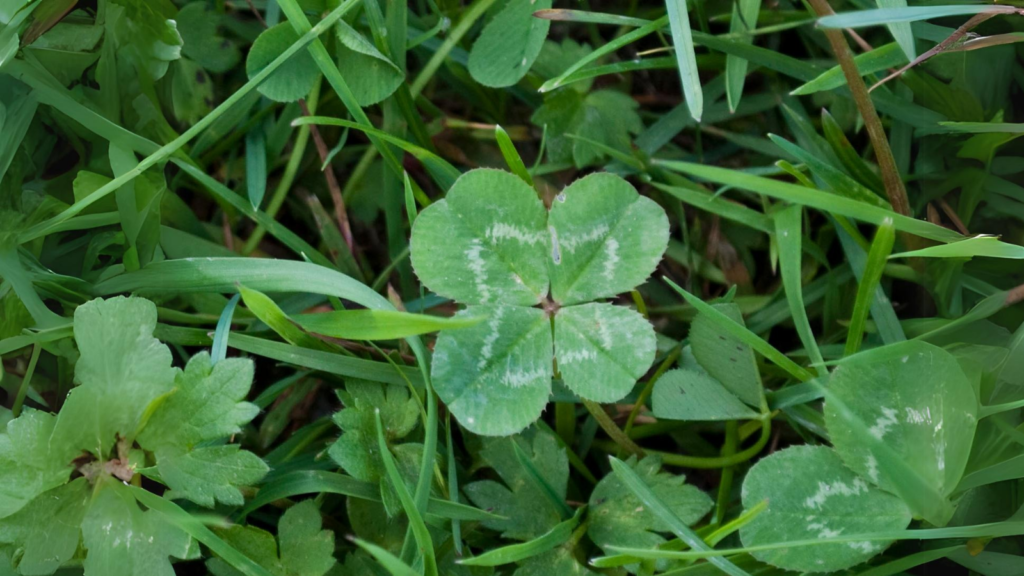
Red and white clovers grow just about everywhere. The leaves and flowers are edible and can be eaten raw or dried for tea. Rich in protein and nutrients, clover also provides an excellent food source for bees.
4. Plantain

Plantain (not the banana kind!) is a weed with broad, oval leaves and a mild taste, making it great for salads or soups. It’s loaded with vitamins and is known for its medicinal uses, including as a remedy for skin irritations.
5. Purslane
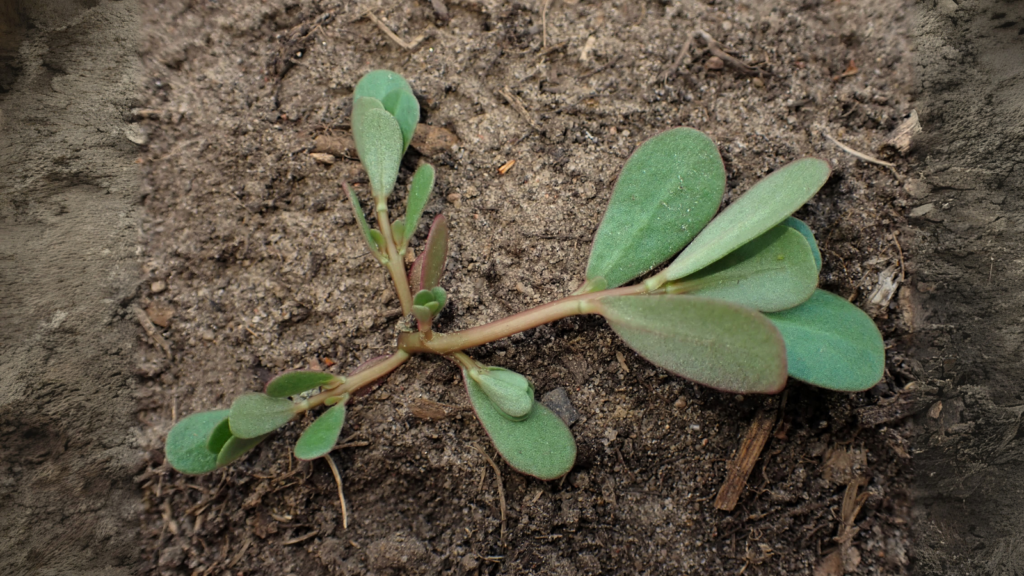
Purslane, with its succulent, slightly sour leaves, can be found in sidewalks, gardens, and disturbed soil all over. It’s rich in omega-3 fatty acids and adds a unique flavor to salads and soups.
6. Chickweed
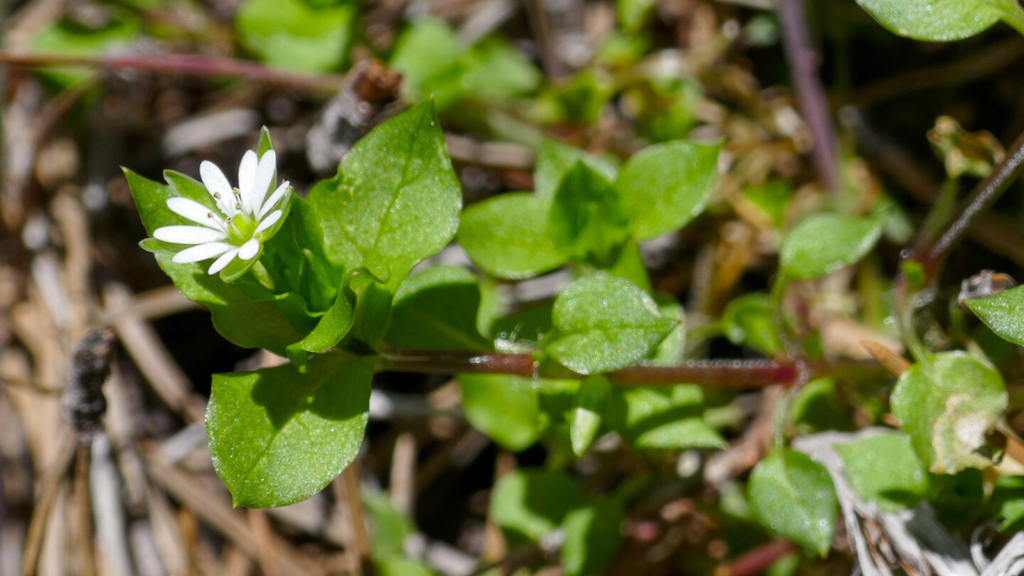
Chickweed’s small, tender leaves are a mild-tasting green that’s high in vitamin C and other nutrients. It’s a tasty addition to salads, but make sure to positively identify it, as it can resemble other weeds.
7. Burdock
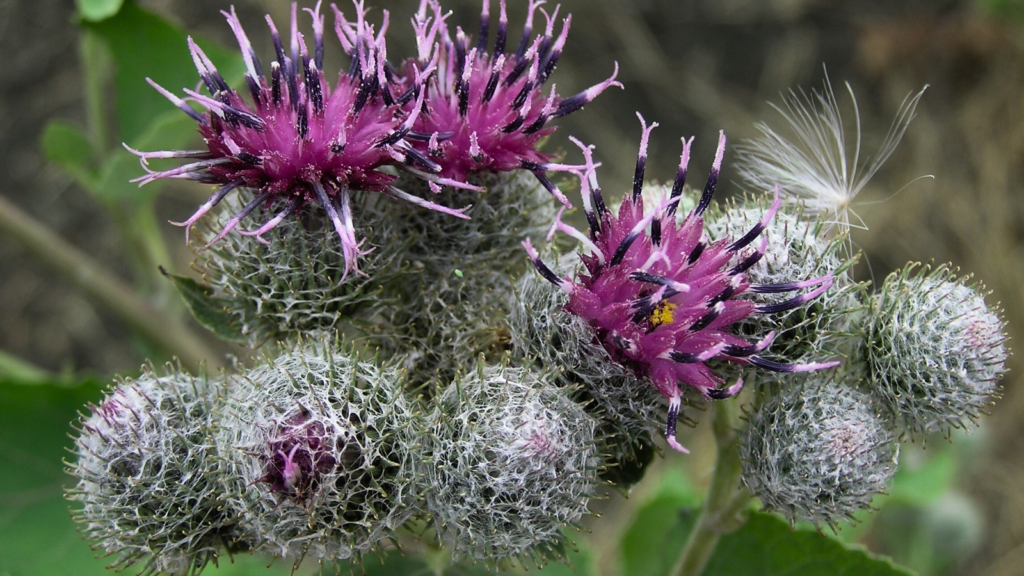
Burdock is commonly found in fields, along roadsides, and in disturbed soils. The roots are edible and can be cooked much like carrots or parsnips, adding an earthy flavor to soups and stews.
8. Curly Dock
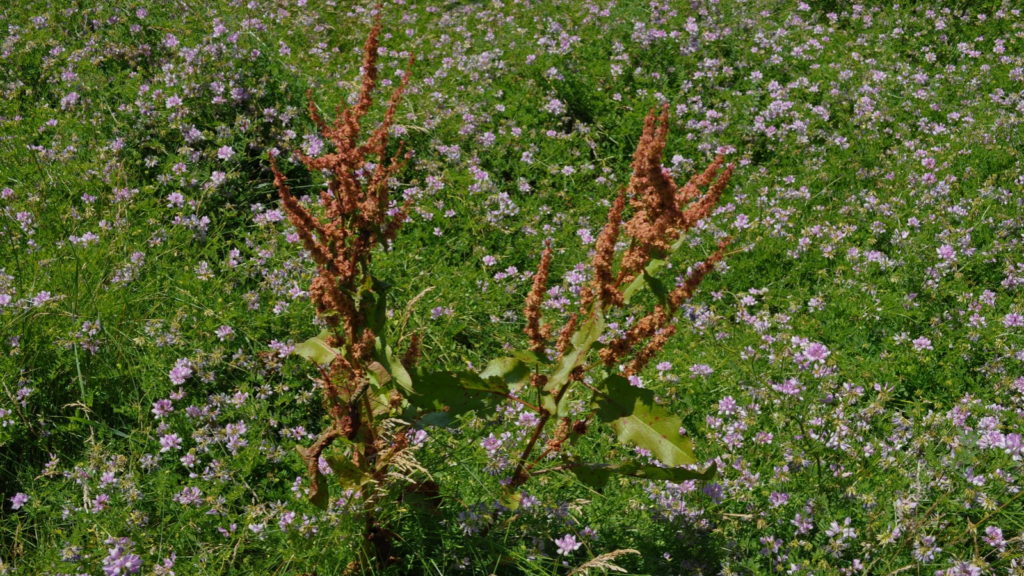
Curly dock’s leaves have a slightly sour taste and are highly nutritious. The younger leaves are best for eating, as they’re less bitter. They’re often found in disturbed soil, pastures, and along trails.
9. Violets
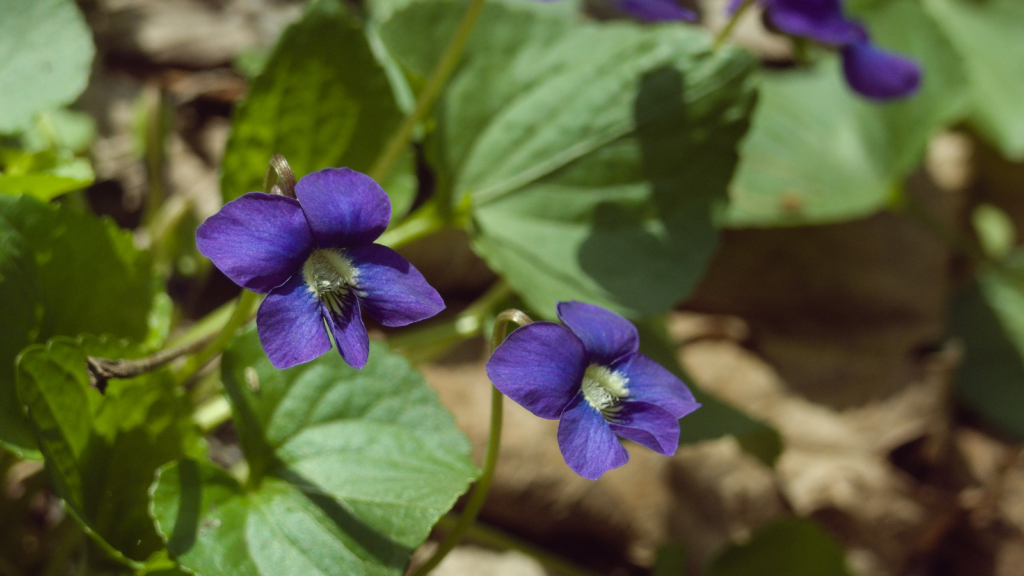
Wild violets grow in forests and shady lawns across the country. Both the flowers and leaves are edible and have a mild, sweet flavor, making them a great addition to salads or as decoration on desserts.
10. Stinging Nettle
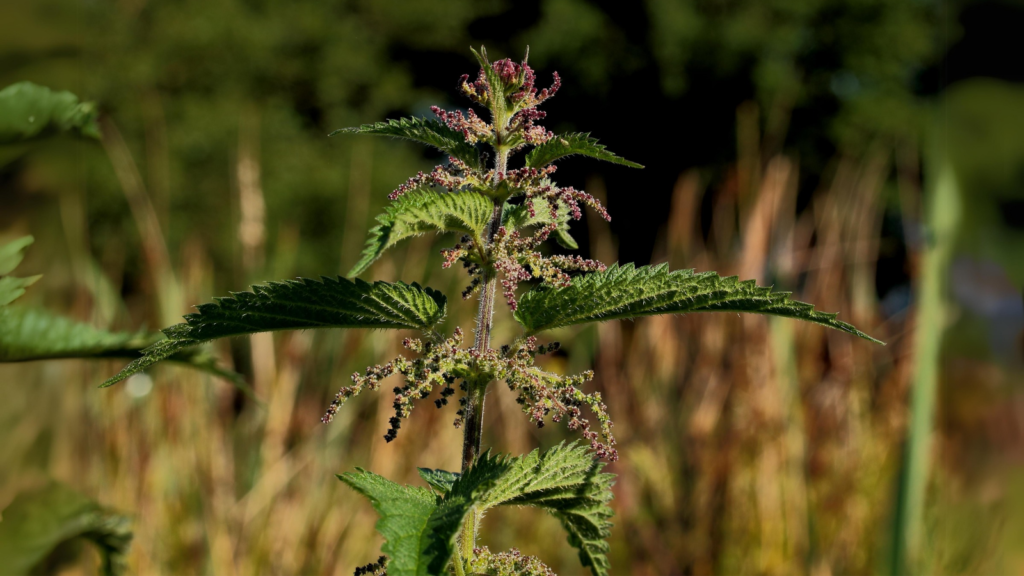
Nettles are highly nutritious, full of vitamins and minerals. Though they sting when fresh, cooking them removes the sting and makes them perfect for teas, soups, or even pasta.
11. Cattails
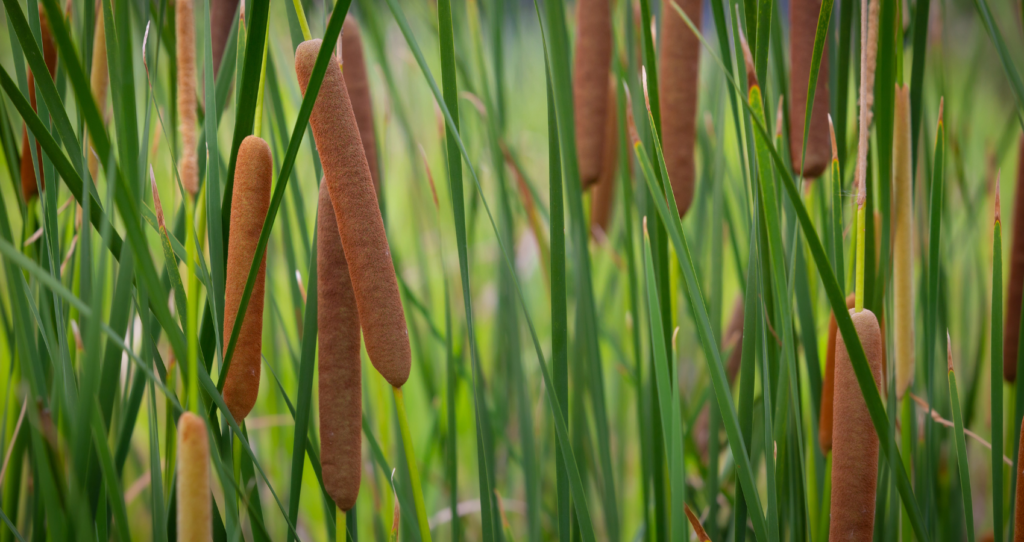
Cattails grow in wetlands everywhere, and most parts are edible. The young shoots and roots can be eaten raw or cooked, and the pollen can even be used as flour.
12. Wood Sorrel
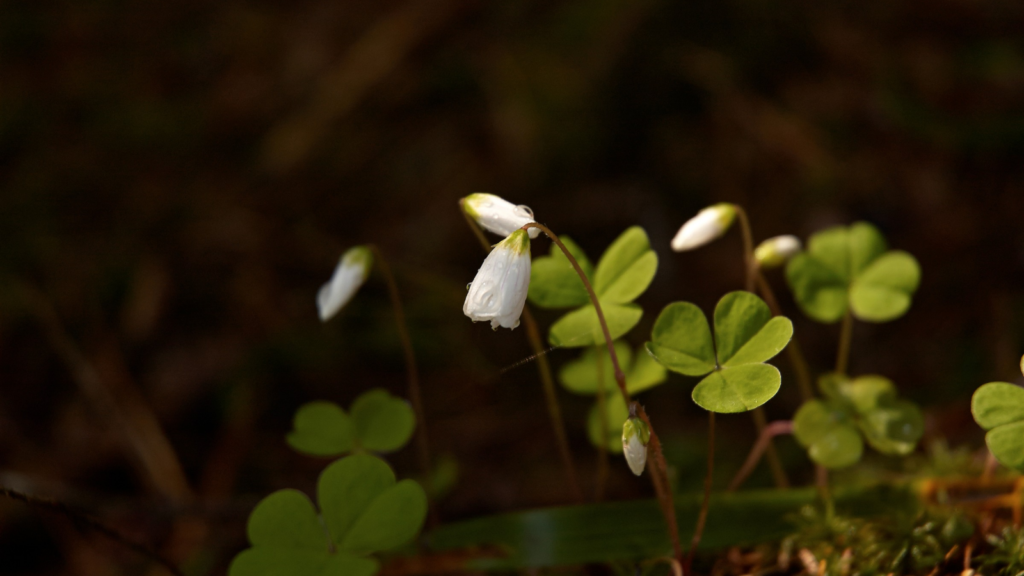
Wood sorrel has clover-shaped leaves and a tangy, lemon-like taste. It grows widely in forests and lawns and adds a refreshing flavor to salads or soups.
13. Yarrow

Yarrow grows in meadows and along roadsides, and while primarily medicinal, its leaves can be used sparingly in salads or soups. Be careful, as it resembles some poisonous plants.
14. Wild Mustard
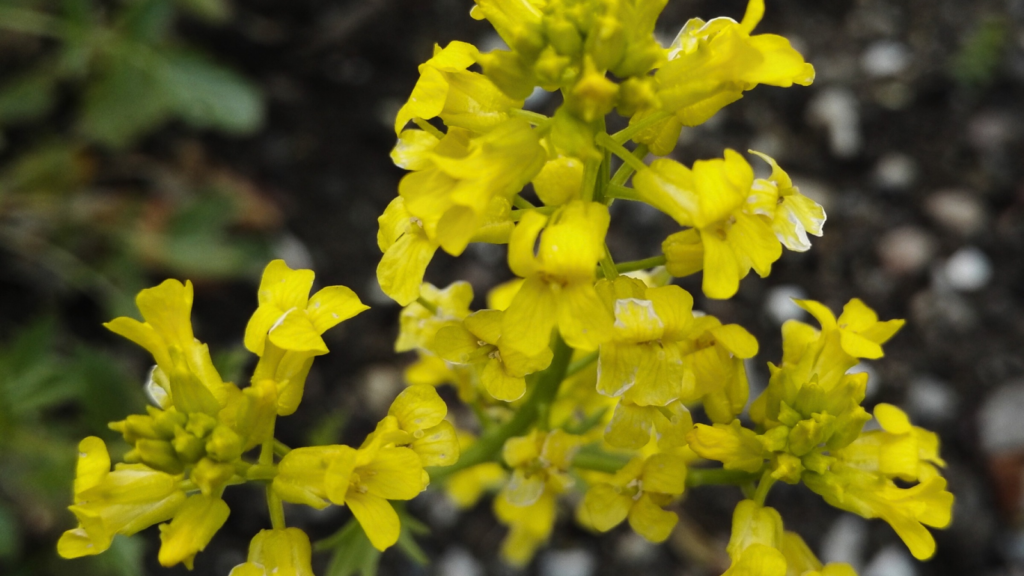
Wild mustard has yellow flowers and spicy leaves, growing abundantly in fields and along roadsides. Its seeds, leaves, and flowers are edible, and it’s a common addition to wild salads.
15. Lamb’s Quarters
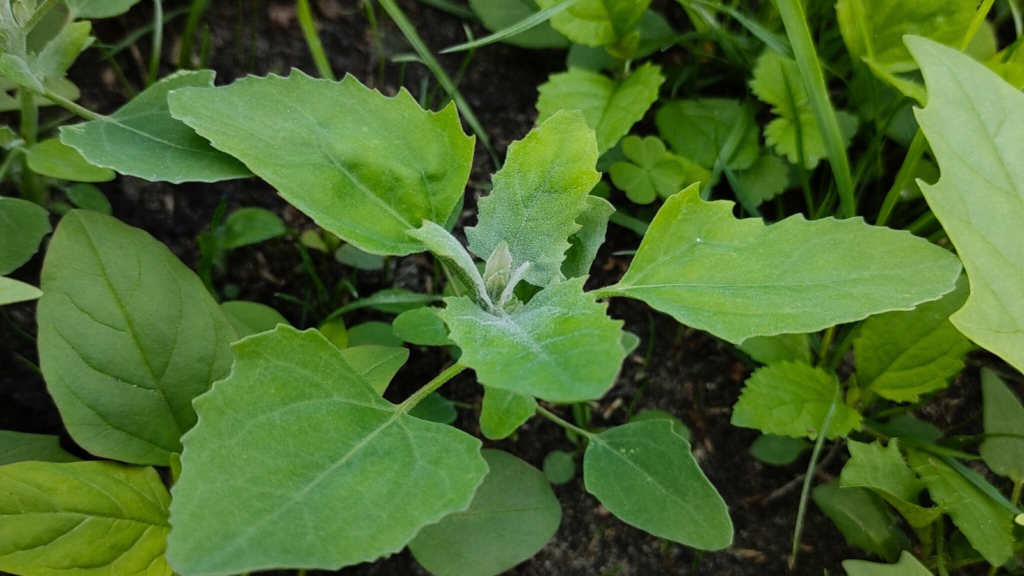
Lamb’s quarters look similar to spinach and grow in gardens and disturbed soils. Their leaves are packed with nutrients and can be eaten raw or cooked, just like leafy greens.
16. Sheep Sorrel
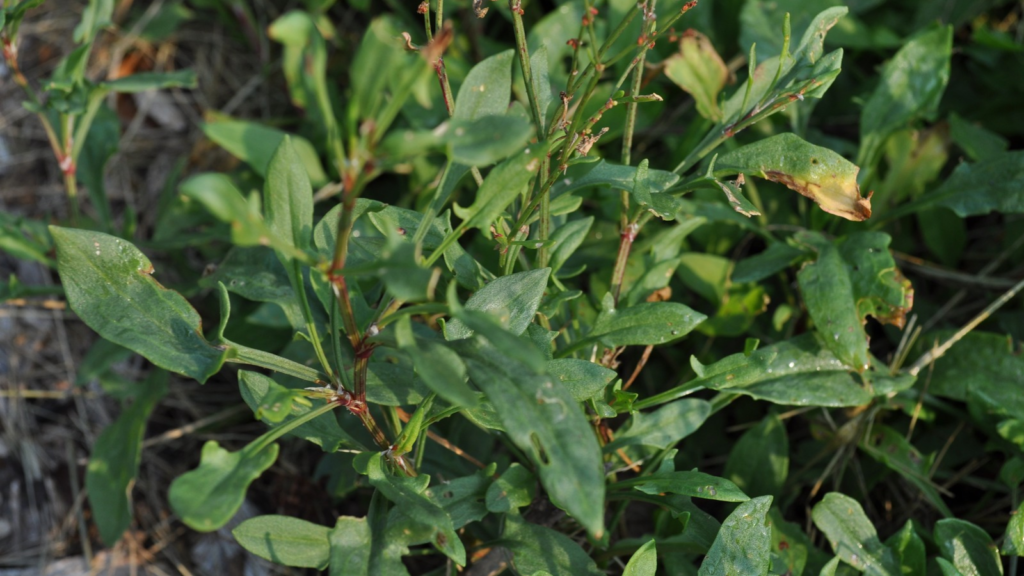
Sheep sorrel’s arrow-shaped leaves have a tart, lemony taste. It’s common in fields, gardens, and meadows and can be a nice addition to salads, though it’s best to eat in moderation due to its oxalic acid content.
17. Wild Rose Hips
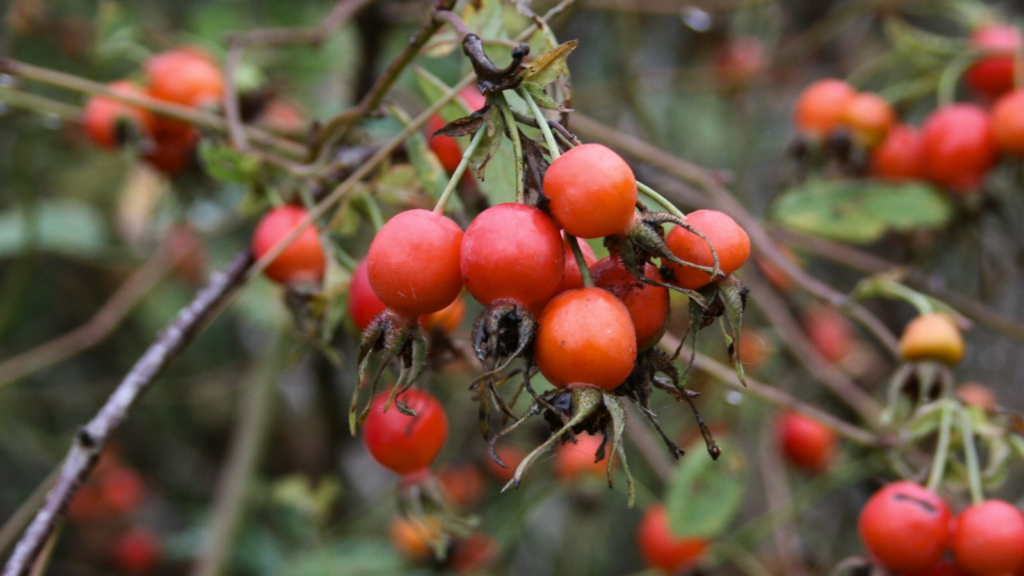
Wild rose hips are the small, red fruits left after the flowers have bloomed. High in vitamin C, they grow on rose bushes across the country and can be used in teas, syrups, and jams.
18. Pine
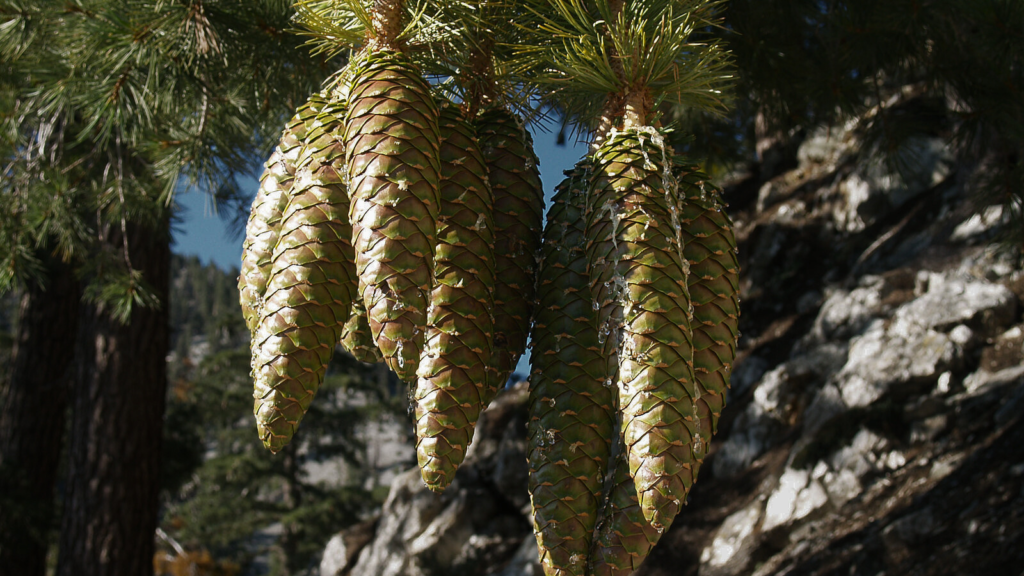
Pine trees are everywhere, and their needles make a vitamin C-rich tea. The inner bark can also be eaten if necessary, providing calories in a survival situation.
Note: Certain pines, such as Ponderosa Pine, are unsafe to consume during pregnancy.
19. Amaranth
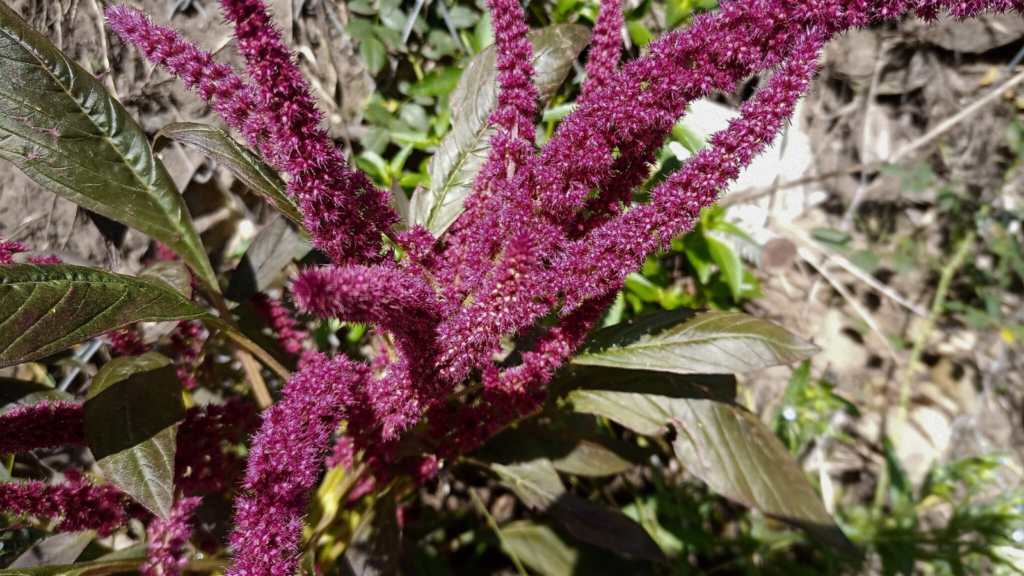
Wild amaranth, also called pigweed, grows in gardens and fields. Its leaves are edible and can be cooked like spinach, while its seeds are a high-protein grain.
20. Sumac
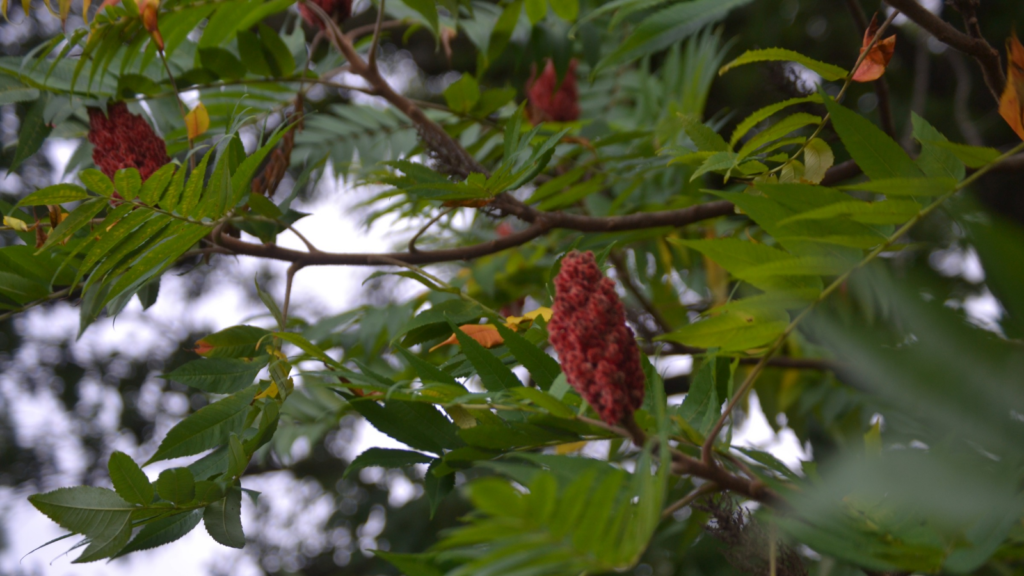
Staghorn and smooth sumac grow in fields and along roadsides, and their bright red berries can be used to make a refreshing, lemonade-like drink. Avoid poison sumac, though—it’s not edible!
21. Blackberries
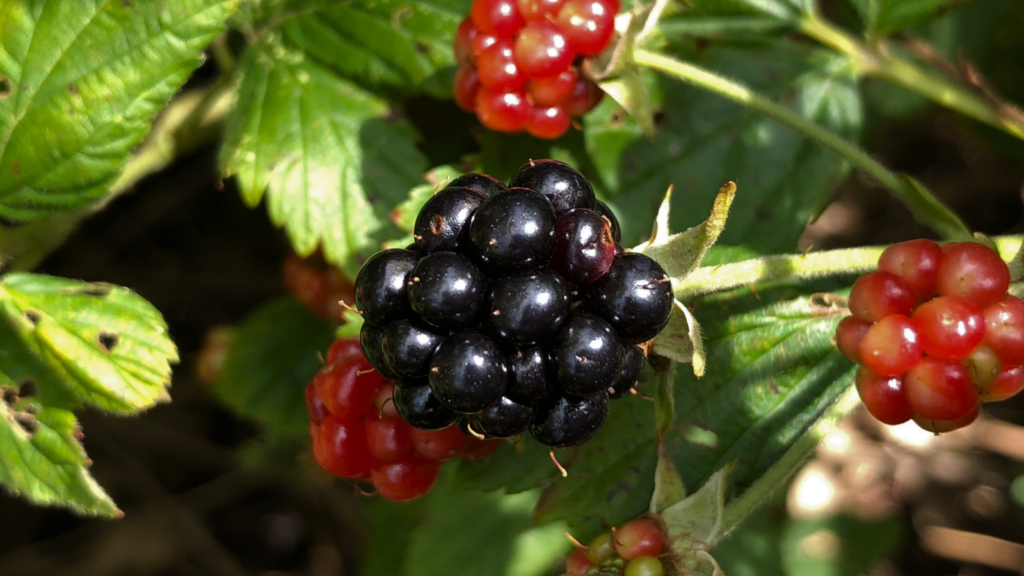
Wild blackberries grow almost everywhere in the U.S. These sweet, juicy berries are packed with vitamins and fiber, making them a delicious treat and a nutritious survival food.

